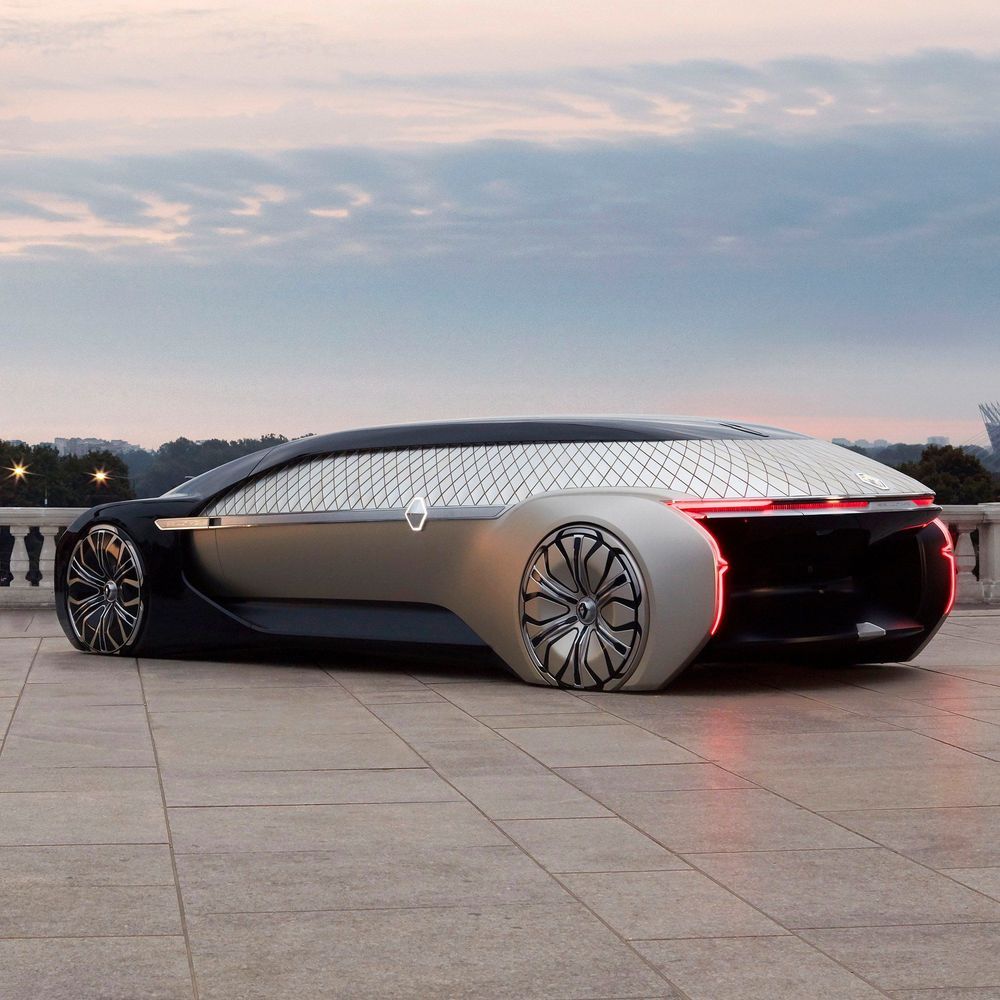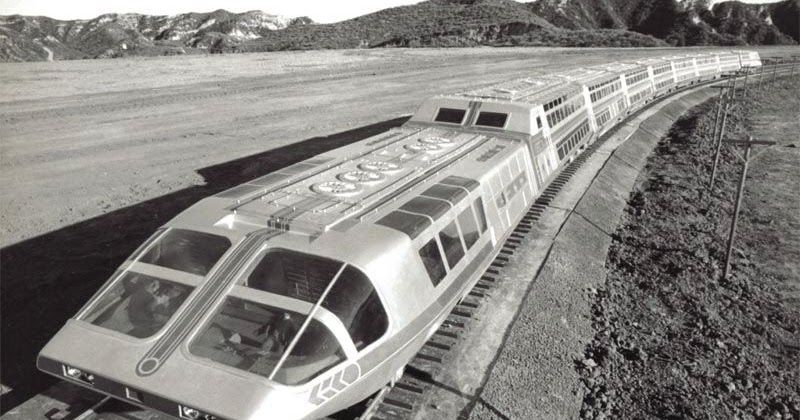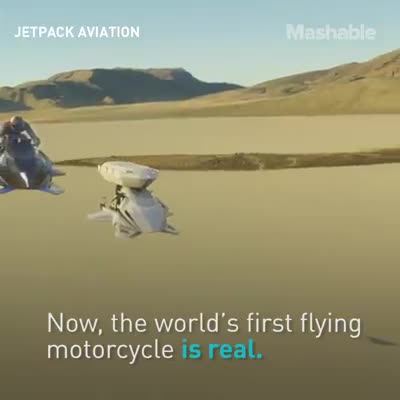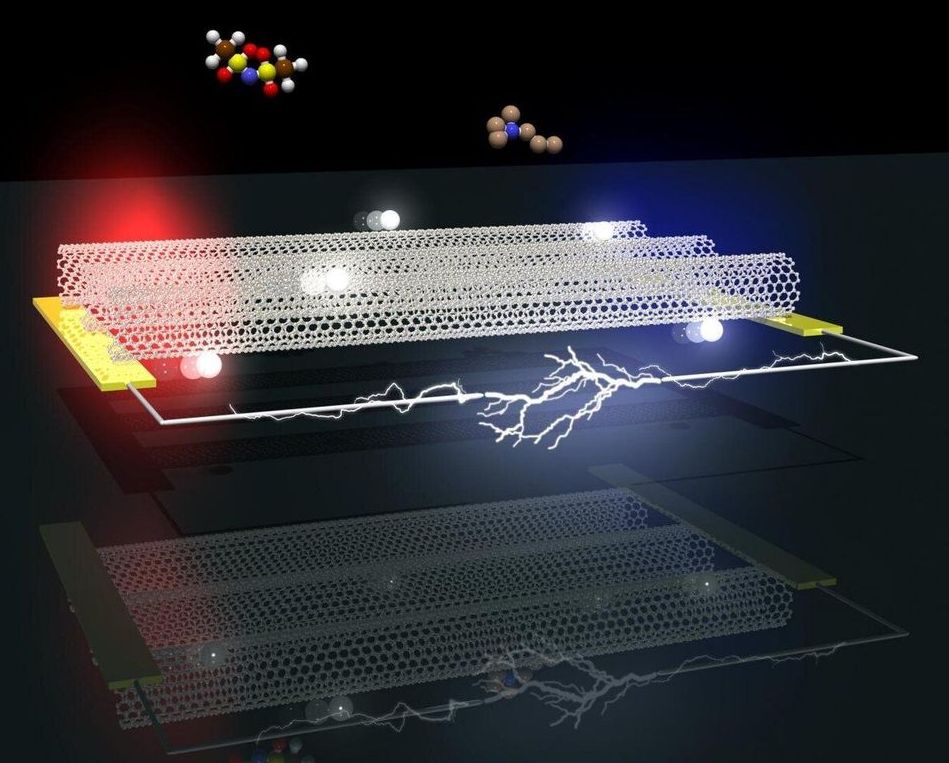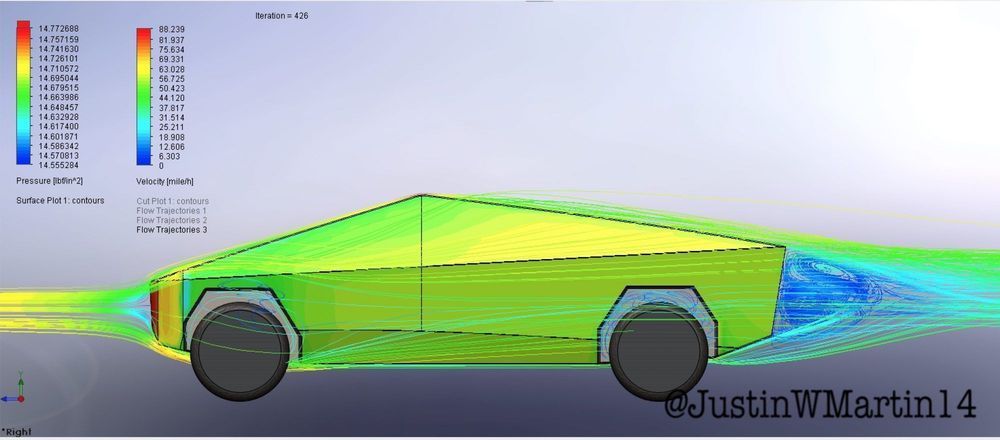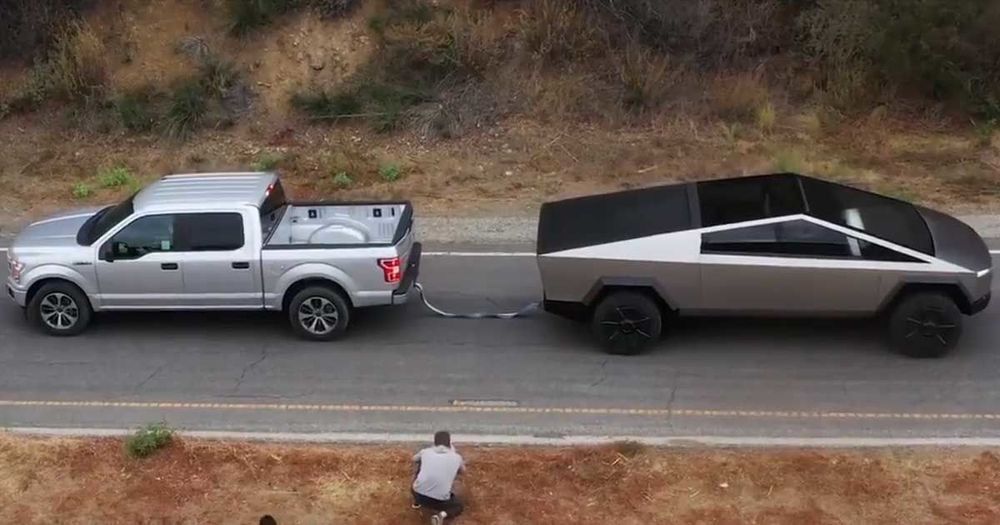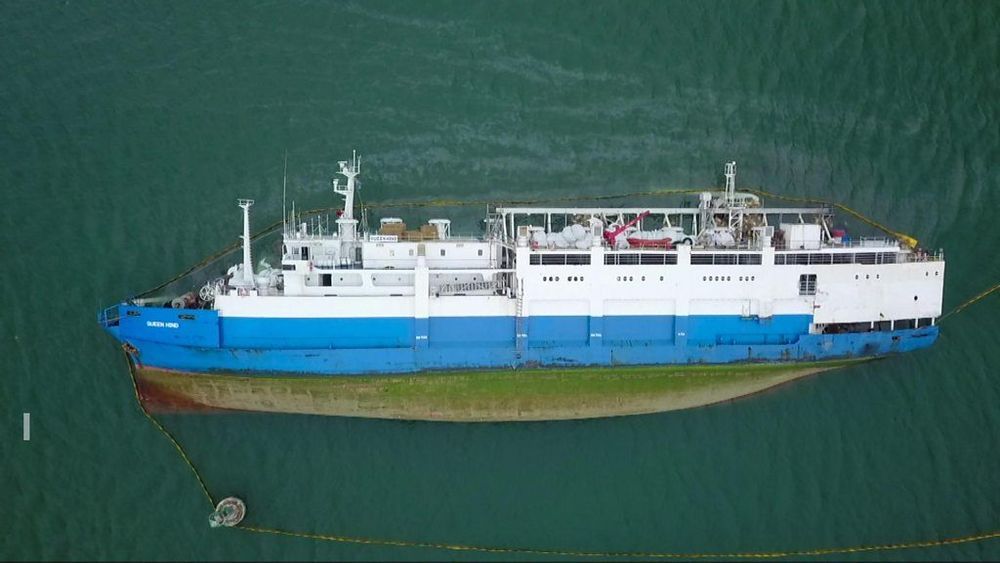Dec 8, 2019
Kansas City becomes first major American city with universal fare-free public transit
Posted by Shailesh Prasad in category: transportation
Today, Kansas City became the first major American city to have fare-free public transit.
City council voted unanimously to make city bus routes fare-free, reports KSHB, directing the city manager to develop and enact a plan. The city’s light rail was already free.
Free bus service, which is expected to cost about $8 million, has been pitched as a major help to low-income residents who rely on transit to commute to work.

